Blind Bruce
TPF Noob!
- Joined
- Dec 19, 2015
- Messages
- 57
- Reaction score
- 3
- Location
- Winnipeg, Canada
- Can others edit my Photos
- Photos OK to edit
I like to use my D7200 indoors with available light. Sometimes, I would like "some" additional light to fill in unwanted shadows etc. Whenever I try this, the flash overrides the desired effect and washes out details by overexposing the shot.
Is there a way to setup this camera so the fill is more subdued?
Is there a way to setup this camera so the fill is more subdued?


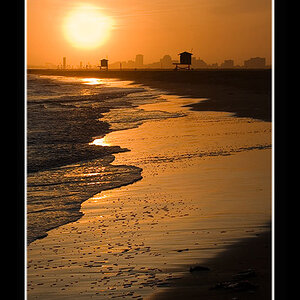
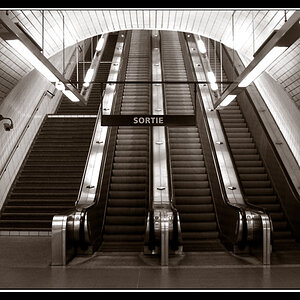
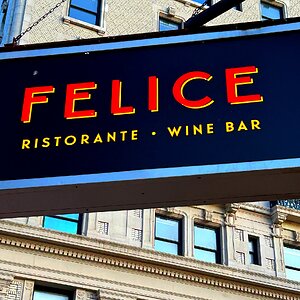
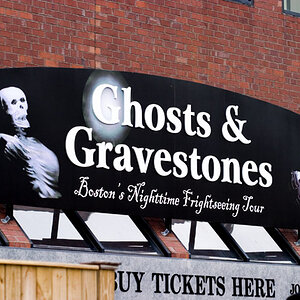
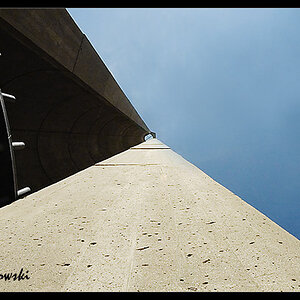
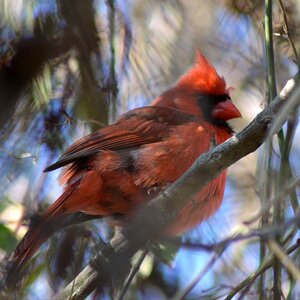
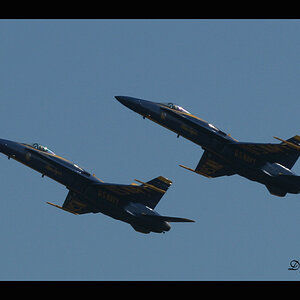
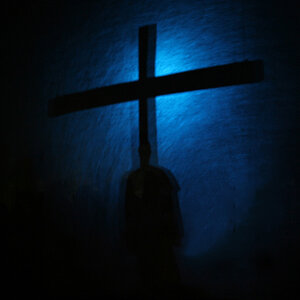
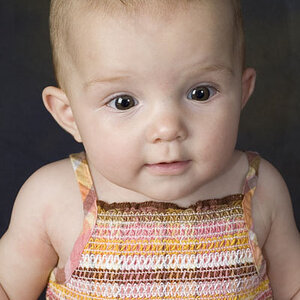
![[No title]](/data/xfmg/thumbnail/34/34039-a3bf38301d5ee5f8b658c43a86558500.jpg?1619736250)
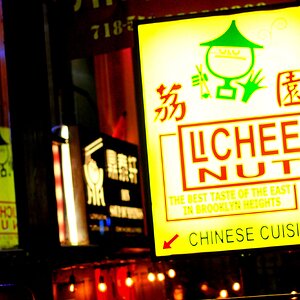
![[No title]](/data/xfmg/thumbnail/41/41920-c7de4d93604fb89eb48454f9e5dba8a0.jpg?1619739944)